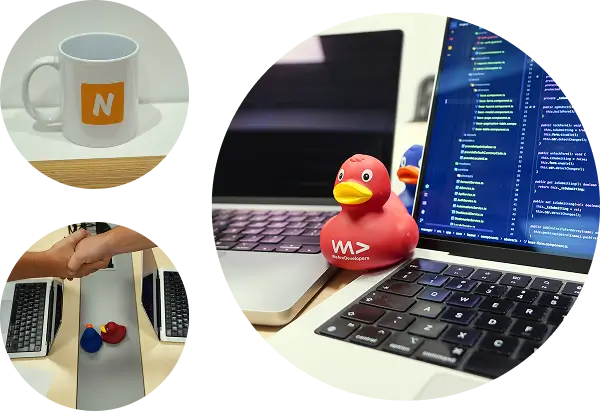How to choose a software house for a technology project?
Choosing the right software house is one of the most important decisions when planning an IT project. It affects not only code quality but also development speed, communication, and the overall success of your application.
Start by defining your needs—are you looking for a partner to build the entire product from A to Z, or just development support? Then, examine the company’s experience: check their portfolio, client reviews, and projects in similar industries. A good software house doesn’t just code; it understands the business context and can advise on product strategy.
The next step is analyzing technological competencies. Make sure the team is proficient in the technologies you plan to use—frontend, backend, and DevOps alike. A best practice is to request a trial project or a code audit to assess the actual skill level.
Communication is also crucial. Transparency, quick responsiveness, clear progress reporting, and regular meetings are hallmarks of a reliable IT partner. A software house that listens, asks questions, and proposes solutions signals that it takes your project seriously.
At Nugosoft, we focus on partnership-based collaboration—from the first conversation, we strive to understand your business, goals, and challenges. Only then do we propose a technological solution and assemble the team. This ensures our clients have confidence that the project is executed with the end result in mind, not just lines of code.
In summary: when choosing a software house, consider not only the price but also competencies, communication, and understanding of your needs. It’s an investment that pays off in the quality and longevity of your software.
-
Pricing is based on business requirements, feature scope, technologies, and estimated team effort. We often use an MVP approach to optimize costs and minimize risk.
-
Ready-made solutions save time and costs but may limit flexibility. Building from scratch gives full control but is more expensive and time-consuming. We often take a hybrid approach, using ready components where appropriate.
-
We work remotely using communication, project management, and testing tools. Regular online meetings, reports, and sprints ensure full control over project progress.
